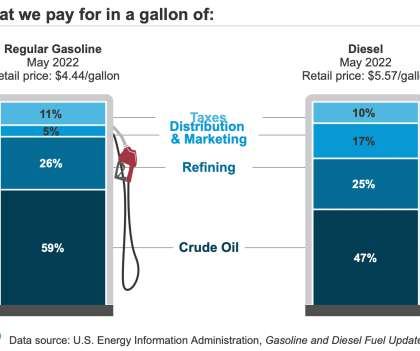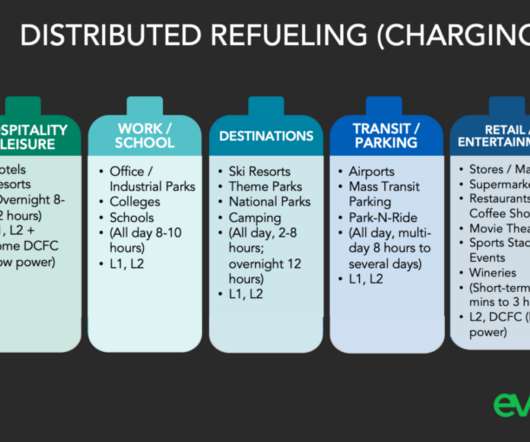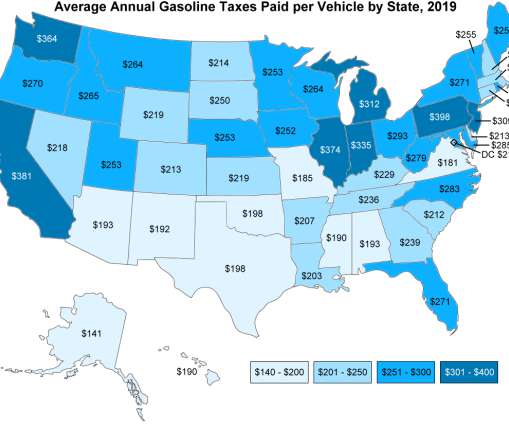President Biden calls on Congress, States for fuel tax holiday; increase in refinery capacity
Green Car Congress
JUNE 23, 2022
In a letter sent to President Biden on 15 June, the AFPM (American Fuel & Petrochemical Manufacturers) and the API (American Petroleum Institute) listed what they called seven realities about the current situtation: Refined product prices are determined on the global markets. As of 10 June, EIA reported 93.7%



















Let's personalize your content